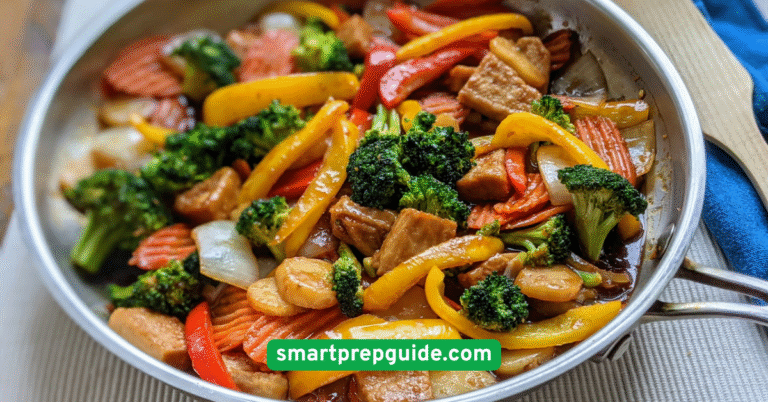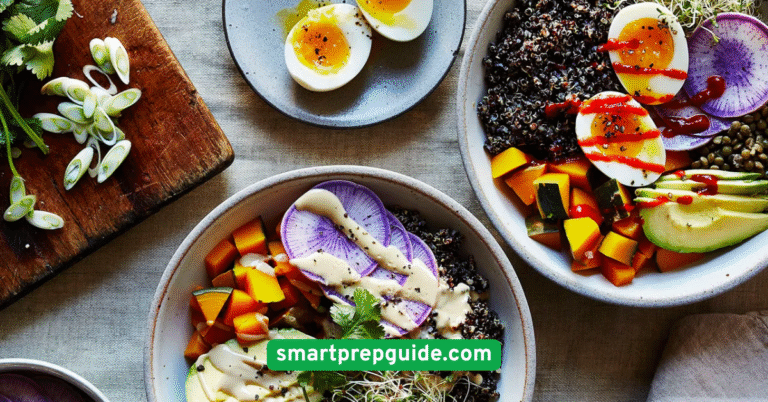7 Smart Meal Prep Ideas for Weekly Planning (2025 Guide)
1. Prep Protein in Bulk
Protein is the heart of most meals, and prepping it in advance can shave off loads of time during the week.Cooking large batches of chicken breasts, lean ground turkey, tofu, lentils, or beans sets the foundation for countless dishes. Think burrito bowls, hearty salads, stir-fries, wraps, and pasta meals — all made faster when your protein is ready to go.Store pre-cooked proteins in BPA-free, airtight containers and keep them refrigerated for up to four days. For added variety, season different portions with unique spices — maybe a teriyaki mix for one, and a spicy Cajun rub for another. This makes it easy to enjoy different flavor profiles without starting from scratch each day.You can also freeze a portion of cooked protein to use later in the week. Just label it clearly with the date and type, and you’ll have a reliable backup on those days when cooking feels impossible.
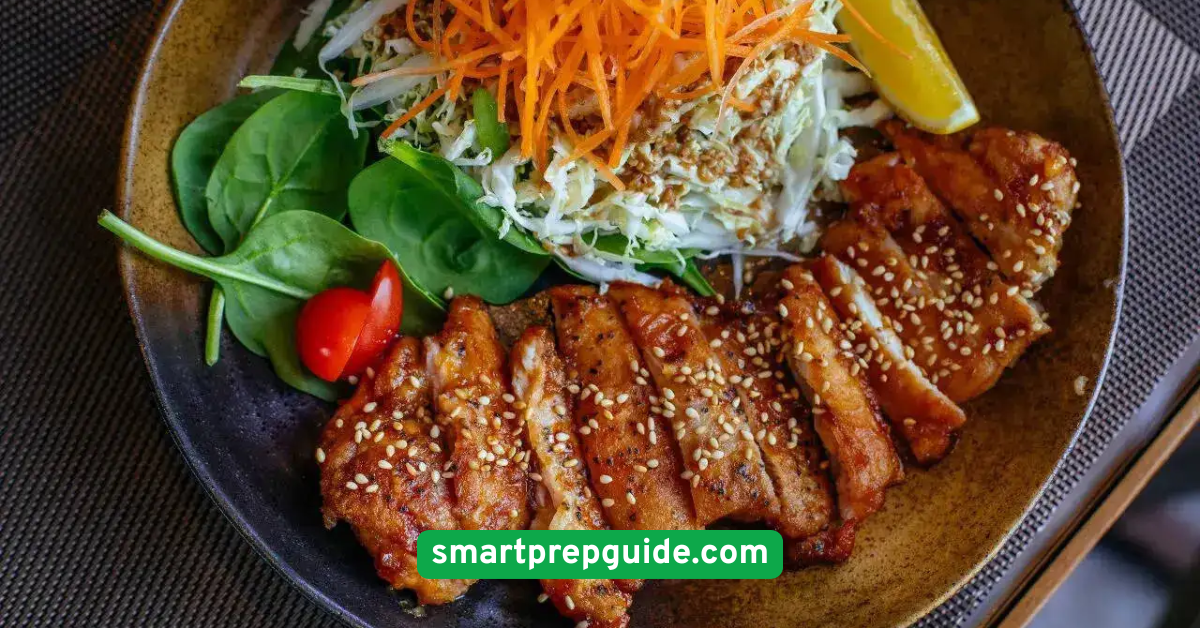
2. Use a Theme for Each Day
Meal planning fatigue is real, especially when you’re staring into your fridge trying to come up with dinner ideas after a long day. Enter: the theme day strategy.Assigning a theme to each day of the week — like Meatless Monday, Taco Tuesday, or Stir-Fry Friday — creates a loose structure that takes the decision-making out of meal planning. It’s fun, flexible, and can be tailored to your preferences and dietary needs.Themed days can simplify grocery shopping too. When you know Tuesday is taco night, you’re not scrambling to make a last-minute grocery run for tortillas or salsa.And if you have kids or roommates, theme nights make meals something to look forward to. They’ll know what’s on the menu and may even get excited to help out (hello, DIY taco bar!).

3. Invest in Quality Containers
Nothing sabotages meal prep like leaky containers or mismatched lids. If you’re serious about weekly planning, high-quality food storage containers are a must.Opt for BPA-free, microwave-safe, dishwasher-friendly containers. Glass options are great for oven-to-fridge-to-table transitions, while plastic is lightweight and easier to transport for work lunches. Compartmentalized containers are especially useful for keeping ingredients separate until mealtime.Investing in a good label system — even simple masking tape with a Sharpie — will help you keep track of what’s inside and when it was prepped. Date everything to avoid accidental spoilage.Having everything in matching containers can even make your fridge look more organized and visually appealing. You’ll be surprised how satisfying it is to open the fridge and see your whole week planned out, neat and tidy.
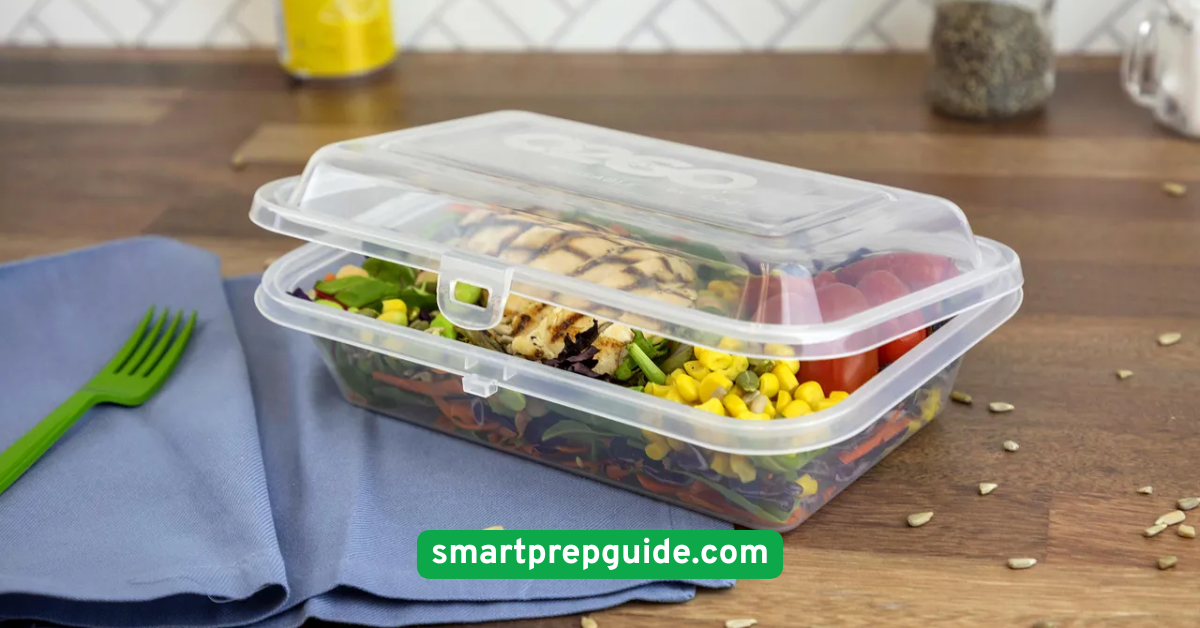
4. Double Up Dinner for Next-Day Lunch
This is perhaps the easiest hack of them all. Instead of cooking separate meals for lunch and dinner, simply double the portions at dinnertime.When you finish dinner, go ahead and portion out what’s left into containers for the next day’s lunch. It takes less than five minutes and spares you from having to cook again the next morning or spend money eating out.Great meals for this trick include casseroles, curries, stews, pasta, and stir-fries — basically anything that reheats well. Bonus: flavors often deepen overnight, so your lunch might even taste better the next day.This method also helps reduce food waste. By intentionally planning to eat leftovers, you’re making the most out of your ingredients and your time in the kitchen.
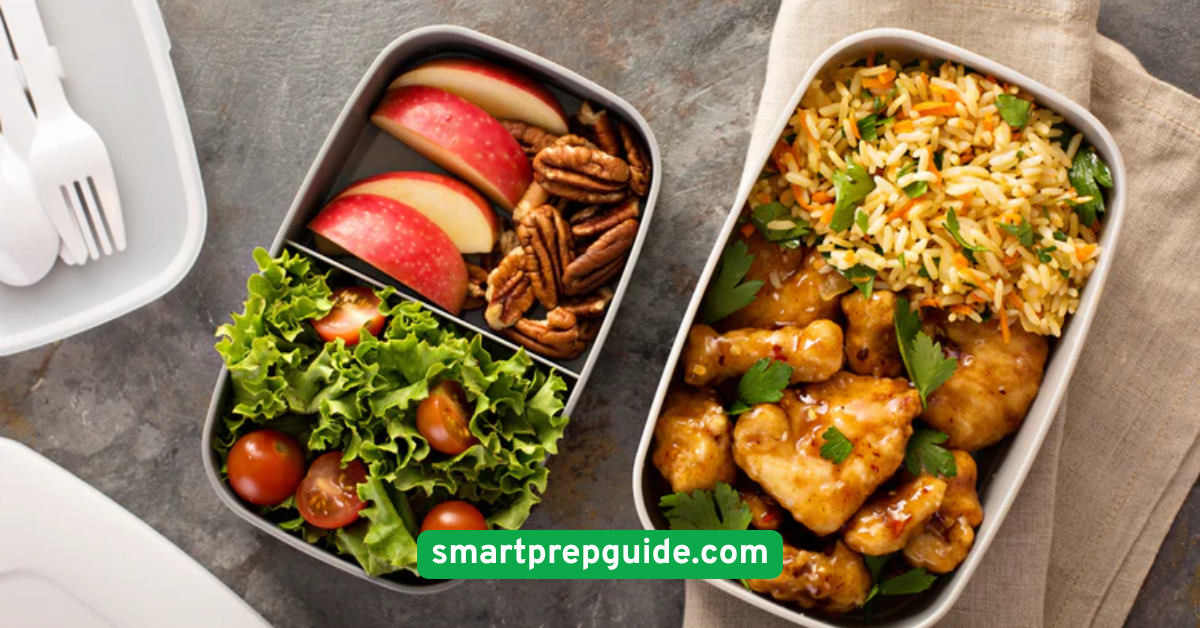
5. Pre-Cut Fruits and Veggies
Tired of seeing those carrots wilt at the bottom of your fridge? Prepping your produce as soon as you get home can make a huge difference in how often you actually use it.Start by washing and chopping your fruits and veggies right after your grocery haul. Portion them into snack-sized containers or reusable bags and store them front and center in the fridge. That way, when hunger strikes, you’re more likely to reach for those crisp cucumber slices or apple wedges instead of a processed snack.Having pre-cut produce is also a game-changer when you’re throwing together meals in a hurry. Toss those chopped onions into a skillet, add bell peppers, and boom — you’re halfway to dinner.For items that brown quickly (like apples or avocados), a splash of lemon juice can help preserve freshness longer.
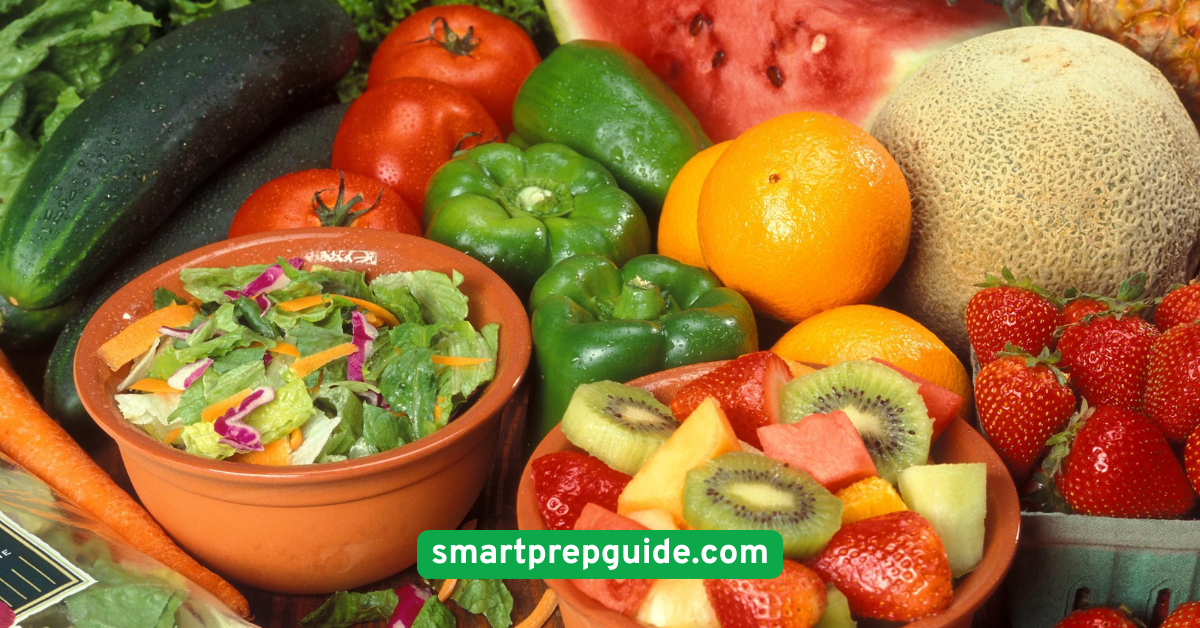
6. Make Freezer-Friendly Meals
Some weeks are just chaotic. For those days when you have zero time to cook, having freezer-friendly meals on hand is a lifesaver.Prepare big batches of soups, chili, lasagna, enchiladas, or grain bowls and freeze them in individual or family-sized portions. These meals can last for weeks and only require reheating when you’re in a bind.Be sure to let meals cool completely before freezing, and use freezer-safe bags or containers to prevent freezer burn. Label everything with the date and name of the meal.This approach is especially handy for families, new parents, students, or anyone with an unpredictable schedule. Plus, it gives you the comfort of a home-cooked meal, even on your busiest days.

7. Create a Weekly Meal Plan Chart
A visual meal plan takes the guesswork out of your week. Whether you prefer a digital app or a whiteboard on your fridge, laying out your meals day by day can help you stay organized and motivated.Include breakfast, lunch, dinner, and snacks if you want the full picture. You’ll quickly see what you need to prep, what ingredients to buy, and where you might have flexibility.Use your chart to track leftovers and plan re-use — for instance, Monday’s roasted veggies could reappear in Wednesday’s grain bowl. This reduces waste and adds variety.Meal planning also helps avoid impulse grocery shopping and last-minute takeout. With everything mapped out in advance, you’ll save money and stress.
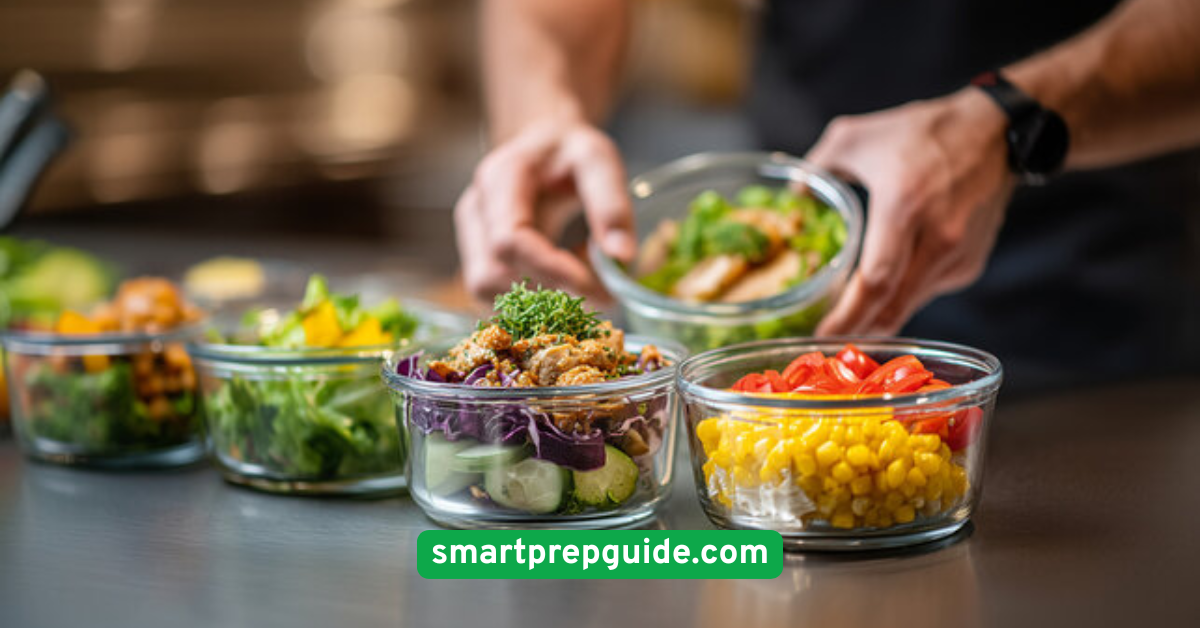
Conclusion
Meal prep doesn’t have to be some Pinterest-perfect, time-consuming task. In fact, the smartest strategies are the ones that work for you — your schedule, your diet, your lifestyle. From prepping protein in bulk and embracing theme nights to freezing homemade meals and building a visual meal plan, these seven ideas can help you take control of your week without overwhelm. Not only will you save time, you’ll eat better, spend less, and reduce food waste — all with just a little upfront planning. So start small. Try one or two of these tips this week and build from there. Before you know it, you’ll be the person who always has healthy meals ready and a fridge full of smart choices. Your future self (and your wallet) will thank you!

